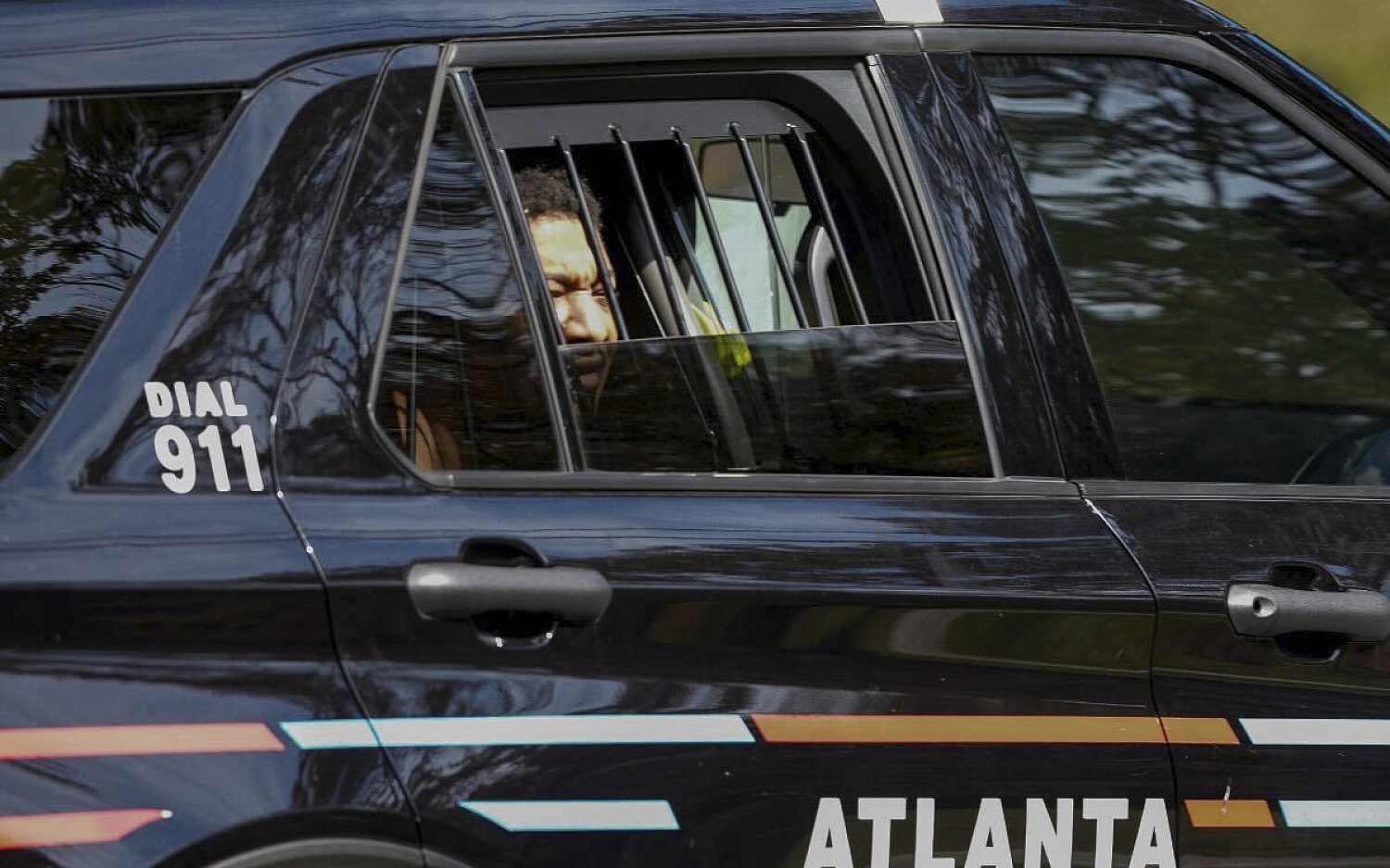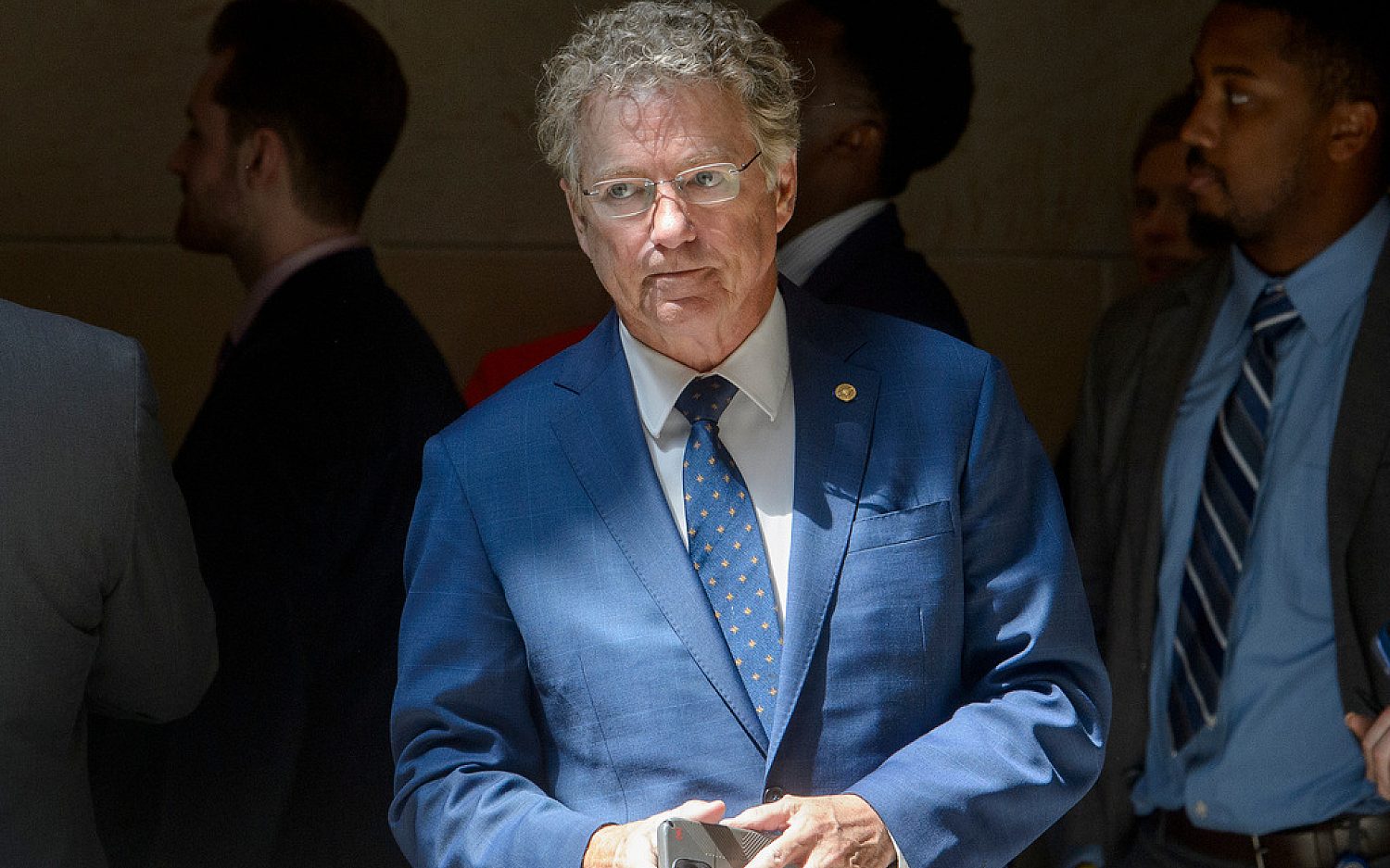College-bound students unprepared for college course work
Less than half of students who take the SAT are ready for college, according to a report released last week by the College Board. Of the 1.6 million students in the 2013 graduating class who took the SAT during high school, only 43 percent met the College and Career Readiness Benchmark.
The SAT test, made up of three 800-point sections—mathematics, critical Reading, and writing—is widely accepted by U.S. colleges and universities as a predictor of academic success. Studies find that students who meet the College and Career Readiness Benchmark, a total SAT score of 1550 or higher, are more likely to enroll in a four-year college, attain a first-year GPA of B- or higher, and graduate with a bachelor’s degree within four years. Of the self-selecting group of students who took the SAT in last year’s class, 57 percent failed to reach that score.
Despite efforts to expand test access and preparation, this percentage has remained virtually constant in the past five years, with only a 1 percent change since 2009. Average test scores in reading, math, and writing also remained unchanged in 2012 and 2013, down slightly from 2011.
“While some might see stagnant scores as no news, we at the College Board consider it a call to action,” said David Coleman, president of College Board, the organization that owns the SAT test. “We must dramatically increase the number of students in K–12 who are prepared for college and careers.”
The College Board is using several strategies to improve student scores. Data shows that many students do not take the exam because they can’t afford it or are unable to take it on Saturday, the day it is regularly scheduled. The College Board provided fee waivers to 23 percent of SAT takers in the class of 2013, and since 2010 has offered a weekday test option to students in certain school districts in 18 states. So far, however, these efforts are not materializing into higher scores.
According to the report, SAT takers from “religiously affiliated” and “independent” schools scored better in 2013 than students from public schools, with average scores of 1595 and 1662 respectively. Students from public schools average a score of 1474.
Across the board, the only reported instance of a score increase this year came from a small improvement for minority students. The rate of African-Americans who met the College and Career Benchmark increased from 14.8 percent in the class of 2012 to 15.6 percent in the class of 2013. Hispanic students saw a rise from 22.8 percent to 23.5 percent.
The Associated Press contributed to this report.
An actual newsletter worth subscribing to instead of just a collection of links. —Adam
Sign up to receive The Sift email newsletter each weekday morning for the latest headlines from WORLD’s breaking news team.




Please wait while we load the latest comments...
Comments
Please register, subscribe, or log in to comment on this article.